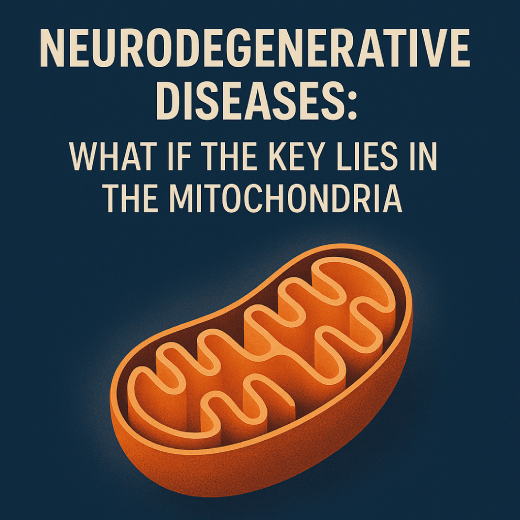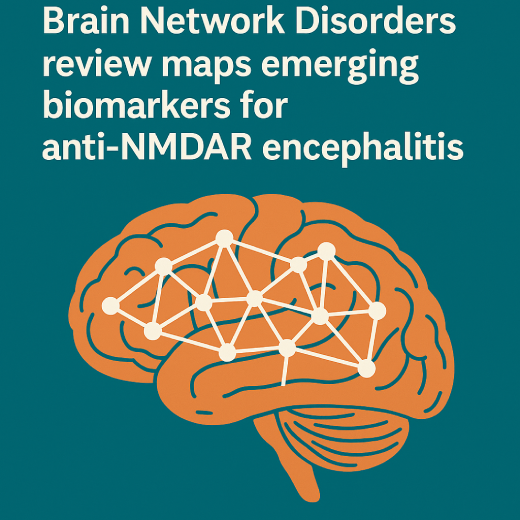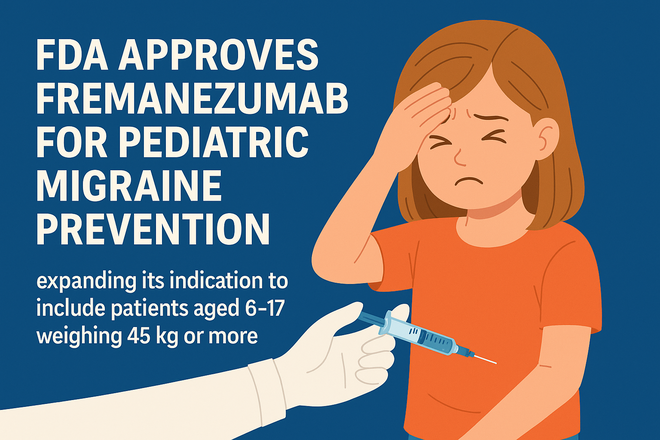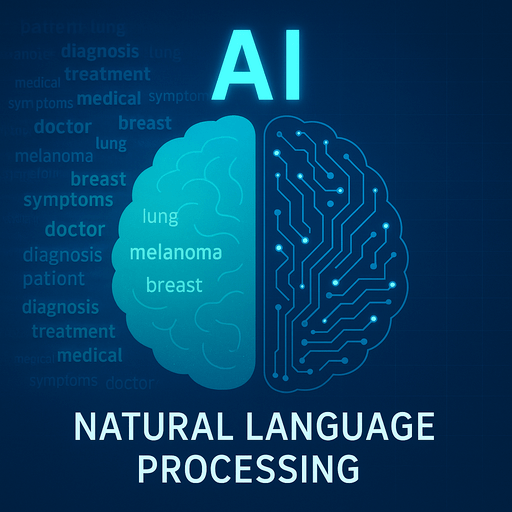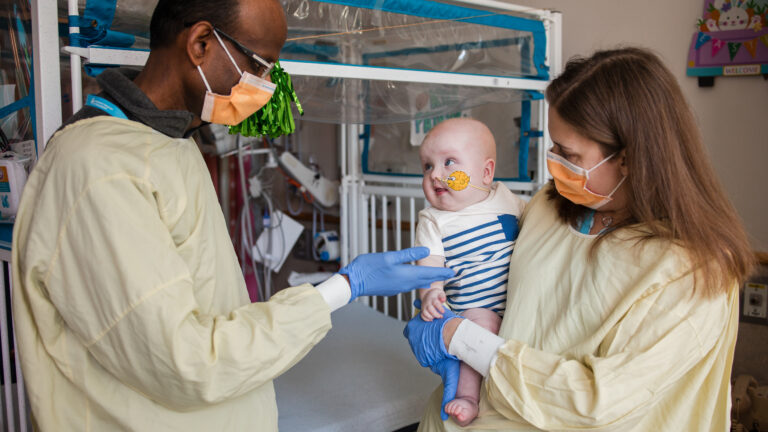 Drs Musunuru and Ahrens Nicklas holding KJ post infusionThis groundbreaking work was carried out by a team supported by the National Institutes of Health (NIH) at the Children’s Hospital of Philadelphia (CHOP) and the Perelman School of Medicine at the University of Pennsylvania.
Drs Musunuru and Ahrens Nicklas holding KJ post infusionThis groundbreaking work was carried out by a team supported by the National Institutes of Health (NIH) at the Children’s Hospital of Philadelphia (CHOP) and the Perelman School of Medicine at the University of Pennsylvania.
Using CRISPR, a cutting-edge gene-editing technology, scientists precisely corrected a genetic mutation in the infant's liver cells, effectively addressing the root cause of the disorder. CPS1 deficiency leads to toxic ammonia buildup, potentially causing severe brain damage, liver failure, and death.
Remarkably, the entire process from diagnosis to treatment took only six months, marking the first known instance of personalized CRISPR-based therapy administered successfully to a patient. Following treatment, the infant demonstrated significant improvement, tolerating higher dietary protein intake and requiring less medication to manage ammonia levels.
Dr. Joni L. Rutter, Director of NIH’s National Center for Advancing Translational Sciences (NCATS), highlighted the broader implications, stating, “Gene editing, built on reusable components and rapid customization, promises a new era of precision medicine for hundreds of rare diseases.”
The successful intervention was further underscored when the child recovered uneventfully from illnesses that would typically pose serious threats to individuals with CPS1 deficiency. “We were very concerned when the baby got sick, but the baby just shrugged the illness off,” noted Dr. Kiran Musunuru, the study's first author.
This pioneering case, presented at the American Society of Gene & Cell Therapy Meeting and published in The New England Journal of Medicine, lays critical groundwork for future personalized therapies, potentially transforming treatments for many rare genetic diseases.
(Source: NIH Press Release, May 15th)
Musunuru et al, “Patient-Specific In Vivo Gene Editing to Treat a Rare Genetic Disease.” N Engl J Med. Online May 15, 2025. DOI: 10.1056/NEJM

